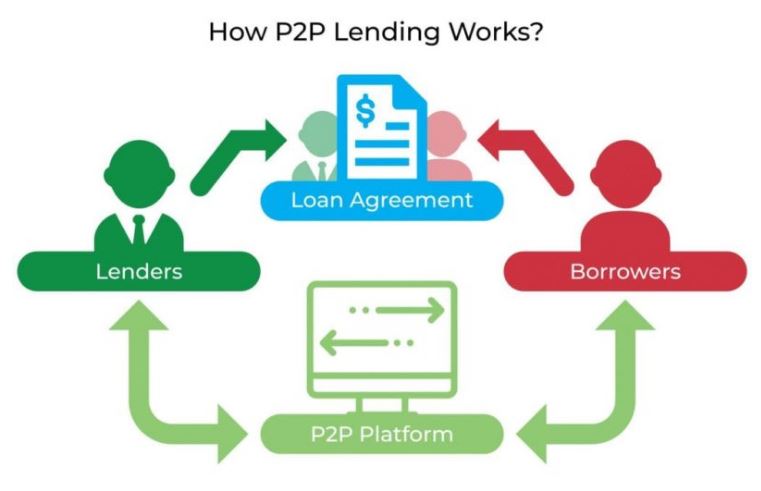Is Peer to Peer Finance More Suitable than Traditional Banking in Financing SMEs And Start-Ups in the United Kingdom? (2016)
The purpose of this dissertation is to pinpoint and analyse the key success factors in obtaining efficiency in the domain of peer to peer finance funding. The main focus of the dissertation is the P2P financial market domestic to the United Kingdom however the industry is treated in a broader international context. The methods employed for this purpose are qualitative and involve an in-depth case study and a classical content analysis of the answers to a questionnaire, as these were provided by domestic respondents familiar with the market.
The increasing usage of the P2P finance market, a global billion-dollar industry on a yearly basis, and the lack of sufficient understanding of its underlying mechanisms are the main motivations of this research. It was found that P2P finance is an efficient method of financing however the benefits were unexpected ones. Beyond the obvious benefits such as the interest rate and funds accessibility, SME owners are interested in receiving public attention and using the funding event as a platform for increasing visibility.
While many questions remain open from both qualitative and quantitative standpoints, a sketch of a theory of the qualities necessary to access P2P funds in an efficient manner is outlined. Intuitive understanding of the key factors that improve the chance of success in P2P funding exists at a both theoretical and practical level however this understanding is not properly theorised nor placed on solid footing. The dissertation indicates some valid research directions which are suitable for quantitative investigations and hypothesis validation after the formulation of a consistent theory.
Peer to peer (P2P) finance is a growing industry in the United Kingdom and worldwide. It is a topic of growing importance for the modern world. The technological progress made possible this type of financing and the domain is not well explored and understood due to its novelty. The industry in its current presentation form emerged no sooner than 2005 for lending and respectively 2008 for crowdfunding, when the first notable platforms launched. There are many presentations of the financing options which come in many geographical, cultural and legal varieties.
Another aspect is that the industry totals a global capital movement of over $10 billion per year, while the local UK industry sees a runaway year on year growth of up to 450% in some categories of investment. The current industry evolution seems to indicate a strong consumerist preference for acquiring goods in the United States, as opposed to making strategic investments in the United Kingdom. These cultural differences deserve a better investigation, which is an open area of research, however does not constitute the purpose of the current dissertation.
Dissertation objectives
- To critically examine the relevant literature on the concept of peer to peer finance to form the conceptual framework of the research in the context of SMEs
- identify the different types of P2P finance and examine their effectiveness
- To conduct a comparative analysis of P2P with traditional banking: in the context of accessibility and risk
- Investigate the core challenges facing both creditors and beneficiaries of P2P financing
- Provide justifiable recommendations for P2P as per the analysis of data .
- 15,000 words – 42 pages in length
- Excellent use of literature
- Excellent analysis of subject area
- Well written throughout
- Includes questionnaire
- Ideal for finance and accounting students
1 – Introduction
Background of the research
Problem statement
Research rationale
Research question
Research aims and objectives
Aims
Objectives
Literature survey
Data collection and sampling
Data analysis
2 – Literature Review
Purpose of the chapter
Motivation
Research background and motivation
Subject matter of the research
Research objectives
Literature review
Types of P2P finance and their effectiveness
Comparison of P2P and traditional banking – accessibility and risk
Core challenges
Recommendations
3 – Methodology
The scientific method
Research and methodology
Research paradigms
Adopted paradigm
Research Design
The case study method. Questionnaire-based interviews
Data collection
Research validity and Ethics
4 – Data analysis and Findings
Chilango 2014-2015 crowd investing campaigns – A case study
Background and owners
The 2014 campaign
The 2015 campaign
Interview data
Analysis of objectives
5 – Conclusions and Recommendations
Research objective review and observations
Case study themes
Questionnaire discussion
Recommendations
Positive and negative aspects of P2P finance methods
Open questions and future research
Appendix
Questionnaire results
References

